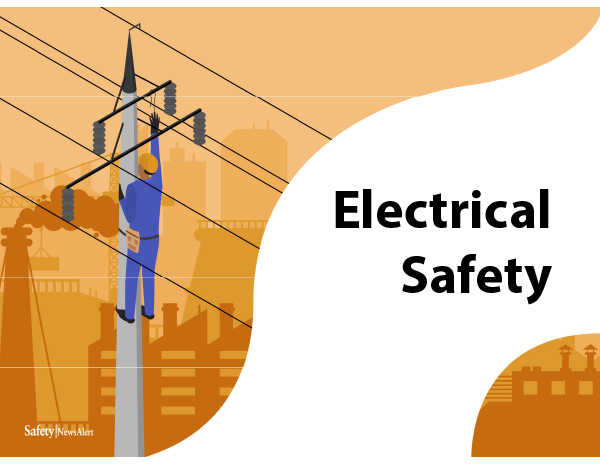If you’d like security in regards to electrical safety, it’s important to pay a professional to perform an inspection.
An electrical safety certificate is a document that allows you to determine and correct any problems within your property prior to they cause damage or injury. The installation of electrical equipment isn’t necessary to be checked by an independent person in the event that it is being installed, moved or altered in any way or a certificate to work is denied.
In other situations, the building codes only require equipment to be checked by a trained person who is not an electrician, but they should be aware of what they’re doing.
A typical electrical safety check includes testing the installation to make sure it meets all applicable building regulations, IEE Wiring Regulations, and manufacturer’s guidelines. Fire hazards could be caused by excessive electrical cables, overload sockets, and defective equipment.

The certificate will also include appliances that are part of the installation like heaters, immersion heaters, and kettles. They are therefore safe for use.
An experienced professional will conduct an electrical test. He will provide suggestions on how to address any issues prior to causing injuries or damages.
You could be entitled to inquire about an inspection of the electrical safety when you lease your home.
Tips for electrical safety during home renovations
Experts at the university recommend homeowners to follow these tips when renovating.
1. If you are using electricity from an area outside of the house, don’t take out the main switch or the isolated circuit breakers. This applies to appliances that are plugged into outlets controlled via an electrical wall switch.
2. Before wiring begins start wiring, wait for the indicator light for power to turn off when you turn off the circuit breaker.
3. If you need to switch off the circuit breaker in isolation while an electrical device is connected to it, turn off electrical service on the main switch prior to working with wires controlled by the circuit breakers.
4. Utilize an extension cord to supply energy. Use the shortest length possible and ensure that it’s not overloaded. If you are using the longer cord to power high-wattage appliances, be sure it is UL-approved.
5. Be cautious in working with old wiring equipment, particularly three-way switches. They’ve not been used in homes for long and can pose a shock or electrocution risk if they are not installed properly.
6. Make sure that the electrical fixtures you use are tested to meet Australian standards, including the ones manufactured by Schneider Electric, Wylex or HPM.
7. Keep candles from combustible materials. Don’t let candles without supervision.
8. Rubber-soled shoes are best, since they can be walked on dry, sandy ground. Avoid using frayed extension cables. Never cut off the cord of an old appliance and plug it into a brand new one unless they are both of the same voltage rating.
If you want to learn more, click electrical safety certificate